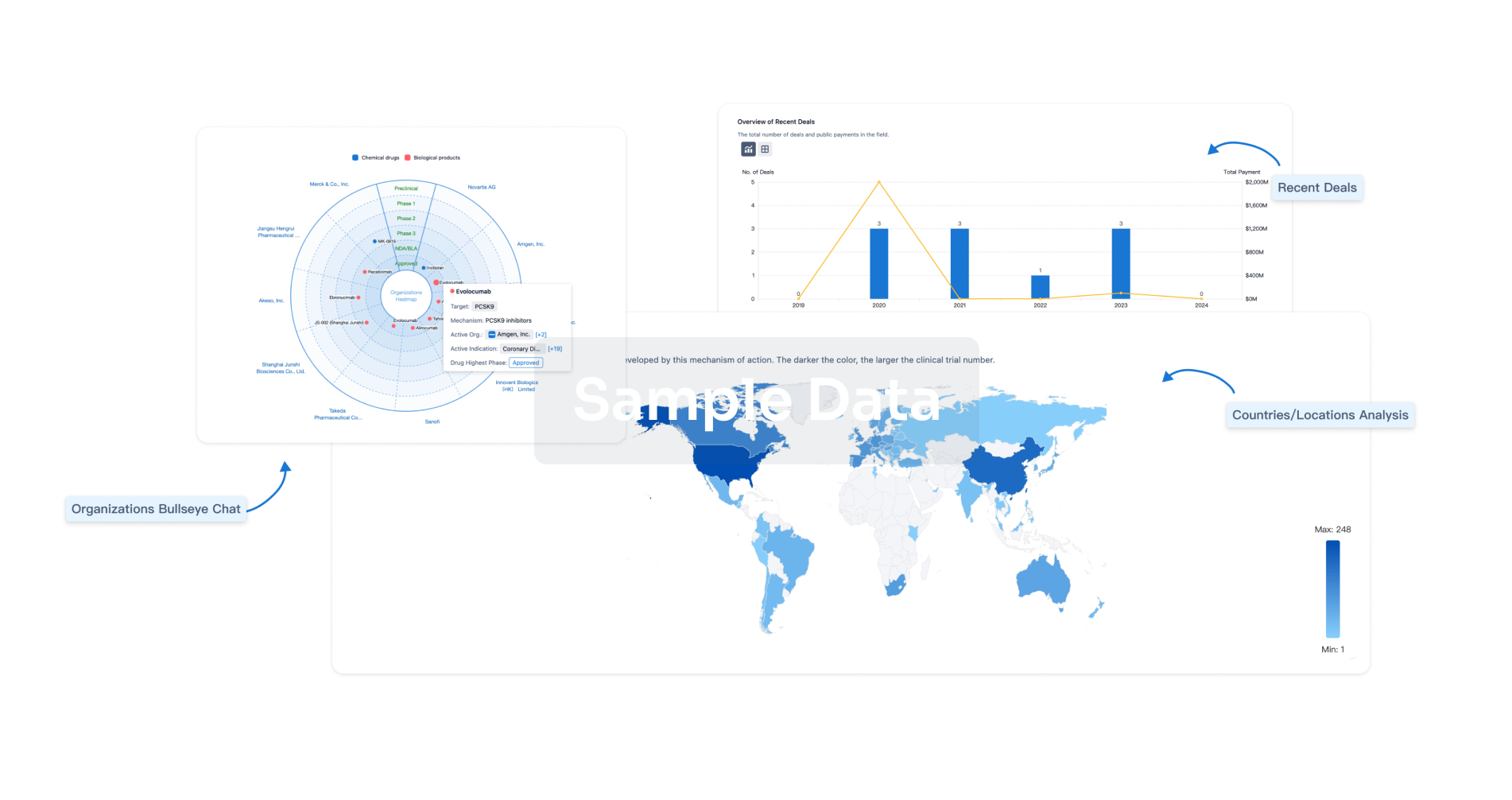Request Demo
Last update 08 May 2025
GZMK
Last update 08 May 2025
Basic Info
Synonyms Fragmentin-3, Granzyme K, granzyme K (granzyme 3; tryptase II) + [8] |
Introduction- |
Related
2
Drugs associated with GZMKTarget |
Mechanism GZMK modulators |
Active Org. |
Originator Org. |
Active Indication |
Inactive Indication- |
Drug Highest PhasePreclinical |
First Approval Ctry. / Loc.- |
First Approval Date20 Jan 1800 |
Target |
Mechanism GZMK modulators |
Active Org. |
Originator Org. |
Active Indication |
Inactive Indication- |
Drug Highest PhasePreclinical |
First Approval Ctry. / Loc.- |
First Approval Date20 Jan 1800 |
100 Clinical Results associated with GZMK
Login to view more data
100 Translational Medicine associated with GZMK
Login to view more data
0 Patents (Medical) associated with GZMK
Login to view more data
293
Literatures (Medical) associated with GZMK08 Apr 2025·Proceedings of the National Academy of Sciences
Single cell–resolved cellular, transcriptional, and epigenetic changes in mouse T cell populations linked to age-associated immune decline
Article
Author: He, Jing ; Wei, Yi ; Lin, John C. ; Bai, Yu ; Adler, Christina ; Ni, Min ; Negron, Nicole ; Taduriyasas, Chandrika ; Ioffe, Ella ; Xiong, Kun ; Burova, Elena ; Glass, David J. ; Shavlakadze, Tea ; Ferrando, Adolfo
01 Apr 2025·Cancer Letters
A single-cell map of patients with non-small cell lung cancer harboring rare-driver mutations after anti-PD-1 treatment
Article
Author: Fu, Rui ; Wu, Yi-Long ; Song, Meng-Meng ; Zhang, Chao ; Yang, Xue-Ning ; Gao, Xuan ; Cai, Miao ; Jiang, Ben-Yuan ; Li, Fang ; Zhong, Wen-Zhao
25 Mar 2025·Neural regeneration research
RBAD: the first database dedicated alterations of blood RNA in individuals with Alzheimer's disease and their clinical relevance.
Article
Author: Hu, Feifei ; Tan, Wei ; Duan, Tingting ; Luo, Yu ; Wu, Qiong ; Zhou, Wen ; Chu, Jinyu ; Liu, Dan ; Wang, Zhiming ; Cheng, Guirong ; Zeng, Yan ; Li, Jinquan ; Pan, Shiyao
Analysis
Perform a panoramic analysis of this field.
login
or

AI Agents Built for Biopharma Breakthroughs
Accelerate discovery. Empower decisions. Transform outcomes.
Get started for free today!
Accelerate Strategic R&D decision making with Synapse, PatSnap’s AI-powered Connected Innovation Intelligence Platform Built for Life Sciences Professionals.
Start your data trial now!
Synapse data is also accessible to external entities via APIs or data packages. Empower better decisions with the latest in pharmaceutical intelligence.
Bio
Bio Sequences Search & Analysis
Sign up for free
Chemical
Chemical Structures Search & Analysis
Sign up for free
